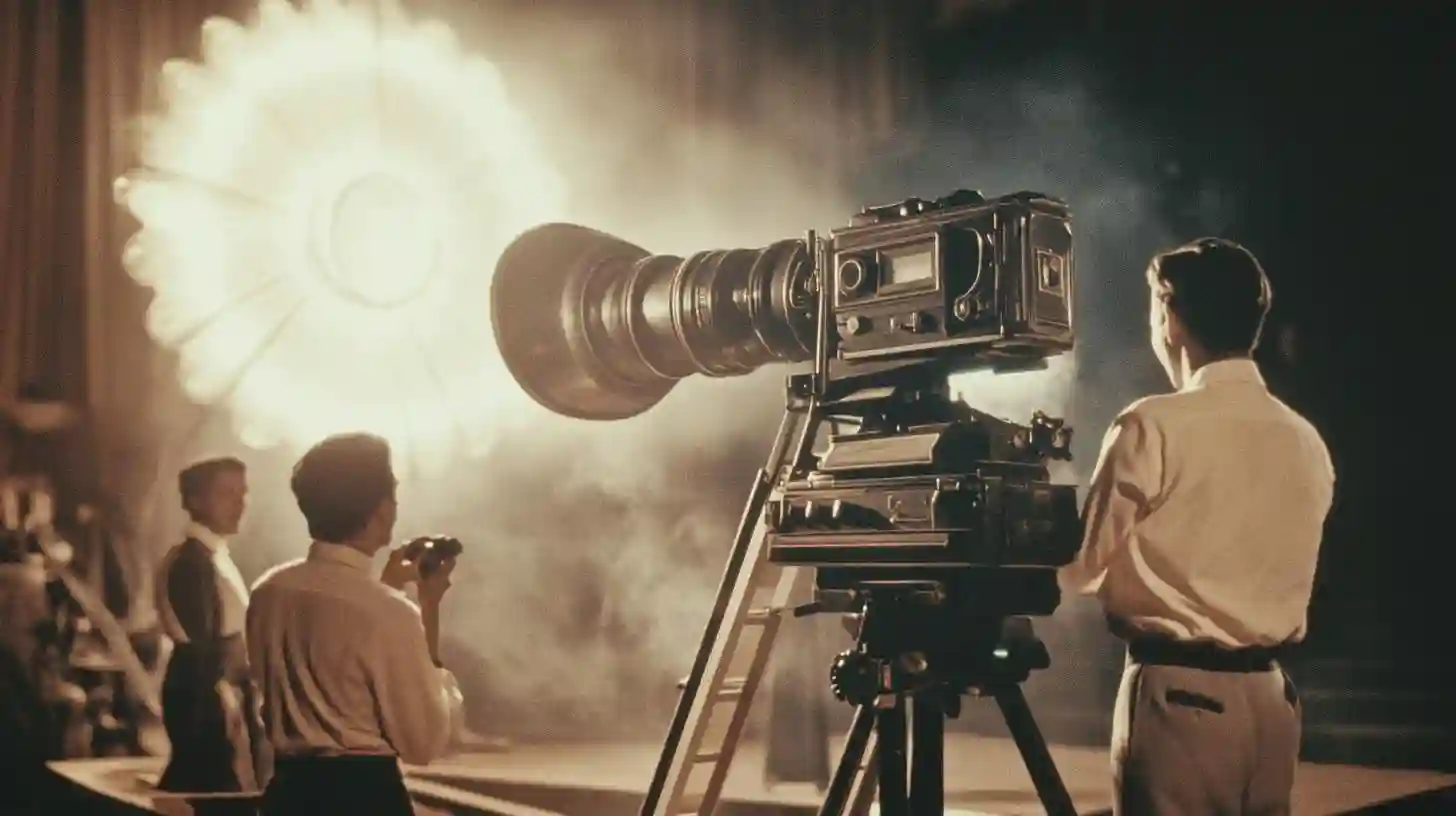
Exploring the rich tapestry of early cinema unveils a world filled with artistic innovation, cultural commentary, and historical significance. For film enthusiasts, the allure of classic movies transcends mere entertainment; it offers a portal to understanding societal values, technological advancements, and storytelling techniques that have shaped the film industry. As we delve into early films, we unearth a treasure trove of influential works that not only laid the groundwork for contemporary cinema but also continue to resonate with audiences today.
One cannot discuss early films without mentioning the remarkable contributions of silent cinema. The absence of synchronized sound in these films pushed directors and actors to rely heavily on expressive visuals and body language to convey emotion and narrative. Pioneers such as D.W. Griffith experimented with innovative techniques such as close-ups, cross-cutting, and establishing shots, effectively transforming cinematic storytelling. Griffith’s film "The Birth of a Nation," for all its controversial themes, illustrated the power of film as a medium that could evoke intense emotional responses and provoke societal reflection.
Moreover, the silent era introduced us to iconic actors whose charisma and talent left an indelible mark on the industry. Figures such as Charlie Chaplin, Buster Keaton, and Mary Pickford became household names, captivating audiences with their comedic genius and artistic flair. Chaplin's character, the Tramp, became synonymous with silent comedy, blending humor with poignant storytelling. Through the trials and tribulations of the Tramp, audiences could relate to universal themes of love, poverty, and resilience, establishing an enduring connection that transcended language barriers.
The transition from silent films to talkies marked a watershed moment in cinematic history. The advent of synchronized sound brought new challenges and opportunities for filmmakers. Early sound films, often termed "talkies," initially struggled with technical limitations, leading to awkward performances and stilted dialogue. However, as filmmakers embraced this innovation, they began to explore the possibilities of sound design, integrating music and sound effects into their storytelling. Films like "The Jazz Singer," heralded as the first significant "talkie," revolutionized the industry and showcased how sound could enhance the emotional depth of a narrative.
As the years progressed, film genres began to emerge and evolve, with early films laying the foundation for many of the genres we enjoy today. The horror genre found its footing with masterpieces like "Nosferatu," which introduced audiences to the terrifying world of the undead. The suspenseful atmosphere, combined with innovative cinematography, showcased the unique capabilities of film as a storytelling medium. Meanwhile, the romantic genre blossomed with classic love stories that resonated with audiences, revealing the timeless nature of human emotions.
International cinema also played a crucial role in the development of early films. European filmmakers, such as Fritz Lang and Jean Renoir, contributed significantly to the art form with their unique styles and thematic explorations. Lang's "Metropolis," a pioneering science fiction film, presented a dystopian vision of the future that mirrored contemporary societal concerns about industrialization and class struggle. Renoir's poetic realism explored the complexities of human relationships, bridging the gap between art and reality.
Film preservation and restoration efforts have become paramount in ensuring that future generations can appreciate and study these early films. Many classic movies are now available through various platforms, allowing both established cinephiles and new audiences to access this wealth of cinematic history. Organizations and film archives work tirelessly to restore and digitize these timeless works, ensuring that the artistry and narratives encapsulated within them are not lost to time. This accessibility fosters a renewed interest in classic films, encouraging individuals to explore the cinematic roots that paved the way for modern filmmaking.
Furthermore, classic movies serve as vital cultural artifacts, reflecting societal norms, values, and issues of their time. By analyzing these films, audiences can gain insights into historical contexts and cultural shifts, inspiring discussions and critical thinking about the past and its relevance to today’s world. Each frame carries with it a fragment of history, offering a glimpse into the lives and experiences of those who lived through those times.
Engaging with early films opens up a conversation about the evolution of cinema, artistry, and the human experience. Through sharing classic movie recommendations, discussions about cinematic techniques, and explorations of the themes presented, we can celebrate the legacy of early filmmakers and their contributions to the art of storytelling. This journey into the past not only deepens our appreciation for the present-day film landscape but also enriches our understanding of the intricate relationship between art and society. Early films invite us to reflect on our own narratives and the enduring power of storytelling in shaping culture and identity.